2. ┼Į. Bo┼Ši─ć, S. Schmauder, M. Mlikota, and M. Hummel, Multiscale fatigue crack growth modelling for welded stiffened panels,
Fatigue Fract. Eng. Mater. Struct. 37(9) (2014) 1043ŌĆō1054.
https://doi.org/10.1111/ffe.12189
[CROSSREF] 3. J.. Chaboche and G. Rousselier, On the plastic and viscoplastic constitutive equations-part I:rules developed with internal variable concept,
J. Press. Vessel Technol. 105 (1983) 153ŌĆō158.
https://doi.org/10.1115/1.3264257
[CROSSREF] 6. K.. Chang, H. C. Lee, K. T. Park, and T. H. Um, Experimental and numerical investigations on residual stresses in a multi-pass butt-welded high strength SM570-TMCP steel plate,
Int. J. Steel Struct. 11 (2011) 315ŌĆō324.
https://doi.org/10.1007/s13296-011-3006-y
[CROSSREF] 10. DNV-RP-C203, Fatigue Design of Offshore of Steel Structures, Det Norske Veritas RECOMMENDED PRACTICE, DNV-RP-C203. (APRIL., 2010)
12. F. V. Lawrence and W. H. Munse, Fatigue Crack Pro- pagation in Butt Welds Containing Joint Penetration Defects, Weld. J. (1973) 221ŌĆō225.
13. G. E. Nordmark, W. C. Herbein, P. B. Dickerson, and T. W. Montemarano, Effect of Weld Discontinuities on Fatigue of Aluminum Butt Joints, Weld. J. (1987) 162ŌĆō173.
14. G. Meneghetti, A. Campagnolo, and F. Berto, Fatigue strength assessment of partial and full-penetration steel and aluminium butt-welded joints according to the peak stress method,
Fatigue Fract. Eng. Mater. Struct. 38 (2015) 1419ŌĆō1431.
https://doi.org/10.1111/ffe.12342
[CROSSREF] 18. XIII-1804-99 and XV-1035-99, X. L. Zhao and J. A. Packer, Fatigue Design Procedure for Welded Hollow Section Joints,
International Institute of Welding. (2000)
[CROSSREF] 20. L. M. Kachanov, Time of the Rupture Process under Creep Conditions, Izvestiia Akademii Nauk SSSR, Otdelenie Teckhnicheskikh Nauk. 8 (1958) 26ŌĆō31.
24. L. W. Zarchary and C. P. Burger, Stress Concentrations in Double Welded Partial Joint Penetration Butt Welds, Weld. J. (1976) 77ŌĆō82.
29. S. H. Han, B. C. Shin, W. Lee, and J. H. Choi, Fatigue Crack Propagation Life of Partially Penetrated Butt Welds in High Strength Steel, J. Korean Weld. Join. Soc. 21 (2003) 72ŌĆō79.
30. S. O. Kim, Y. L. Shim, S. I. Bae, and J. I. Song, Residual Stress and Fracture Analysis of Thick Plate for Partial Penetration Multi-pass Weldment,
J. Korean Weld. Join. Soc. 19 (2001) 68ŌĆō74.
[CROSSREF] [PDF] 32. S. H. Han, J. W. Han, and B. C. Shin, Estimation of Stress Intensity Factor and Prediction of Fatigue Life at Root-Tip in Partially Penetrated Butt Welds, Korean Soc. Mech. Eng. 2 (1998) 214ŌĆō219.
33. S. H. Han, J. W. Han, and B. C. Shin, Investigation of Fatigue Strength and Prediction of Remaining Life in the Butt Welds Containing Penetration Defects, Int. J. Steel Struct. 10 (1998) 423ŌĆō435.
38. Y. N. Paik and Y. K. Chang, Fatigue Life Assessment of Steel Bridge Butt Joint Weld with Defects, J. Korean Weld. Join. Soc. 18 (2000) 77ŌĆō85.
39. Y. N. Paik and Y. K. Chang, An Experimental Study on Allowable Size of Incomplete Penetration in Butt Joint Bridge Weld Considering Fatigue Strength, J. Korean Weld. Join. Soc. 18 (2000) 68ŌĆō75.
41. A. Ikram, A. Raza, and H. Chung, Investigation of Single Pass Welding of Thick AH36 Steel Plates in a Square Groove Butt Joint Configuration During AC- GMAW,
J. Weld. Join. 38 (2020) 254ŌĆō262.
https://doi.org/10.5781/JWJ.2020.38.3.4
[CROSSREF] 42. E. J. Oh, D. H. Lee, S. W. Cho, Y. I. Choi, and K. W. Nam, Effect of the Holding Time during Solution Heat Treatment on Intergranular Corrosion of Unstabilized Austenitic Stainless Steels,
J. Weld. Join. 38 (2020) 278ŌĆō288.
https://doi.org/10.5781/JWJ.2020.38.3.7
[CROSSREF] 44. C. M. Yu, S. Y. Kim, J. H. Park, G. J. Seo, and S. M. Cho, A Study on Deformation According to Welding Speed of Root Pass in GTAW Butt Joint Welding,
J. Korean Weld. Join. Soc. 37 (2019) 493ŌĆō500.
https://doi.org/10.5781/JWJ.2019.37.5.9
[CROSSREF] 45. API 2A-WSD (RP 2A-WSD), Recommended practice for planning, designing and constructing fixed offshore Platforms-Working Stress Design, API RECOM- MENDED PRACTISE TWENTY-FIRST EDITION, DECEMBER (2000).
46. D. N. Van Vuong, Ph. D. Thesis Finite Element Mo- deling of Fatigue Damage and Its Evolution in Steel Structures, (2014)




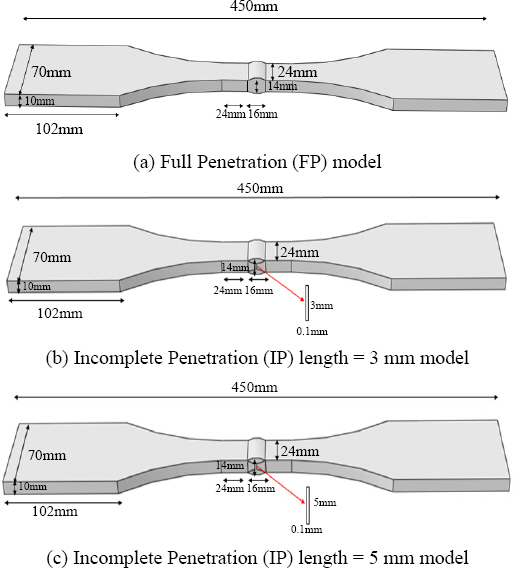

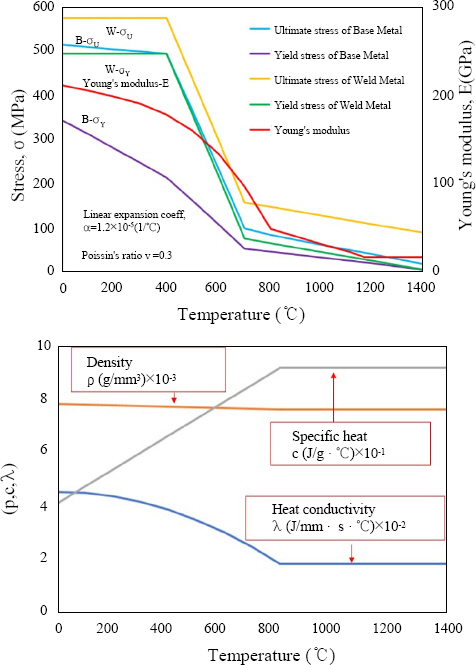
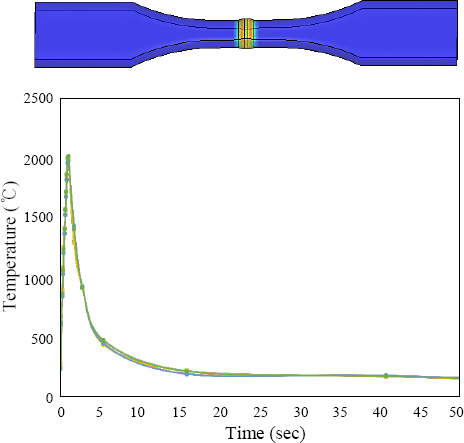


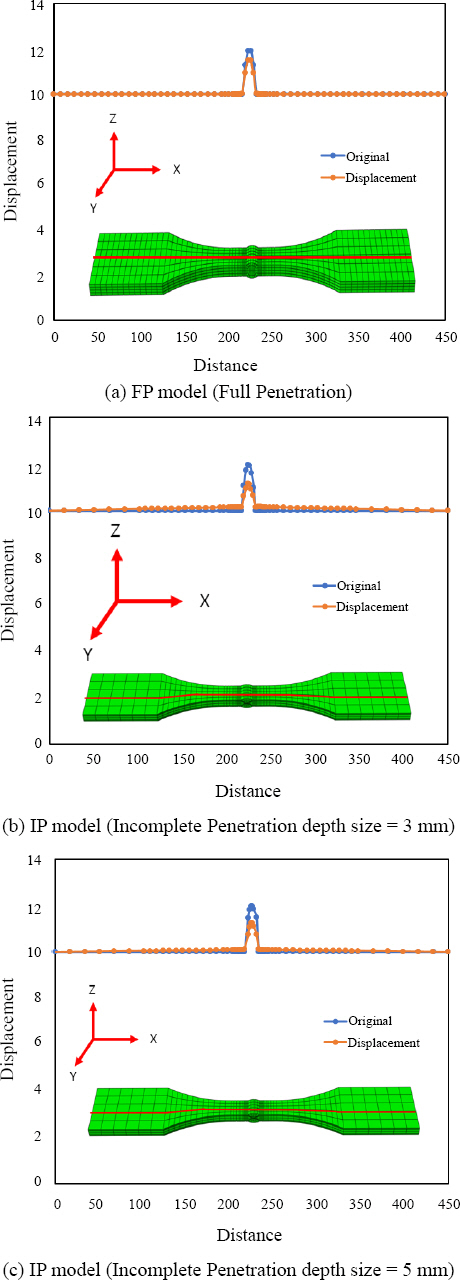
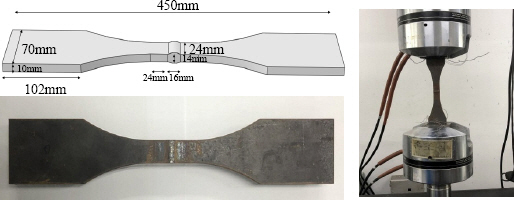
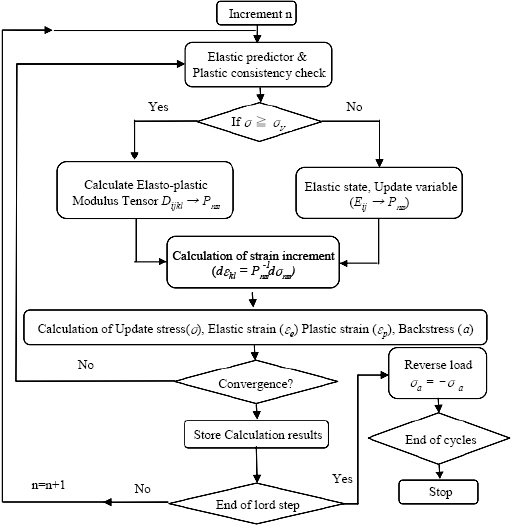



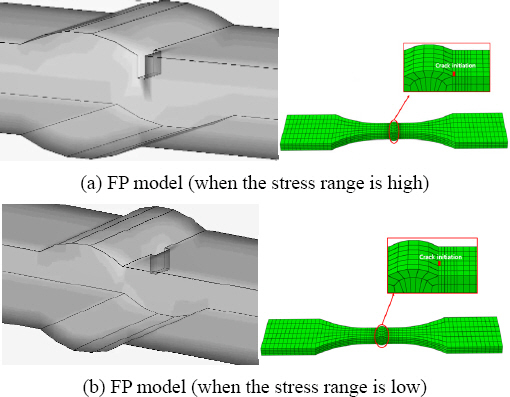
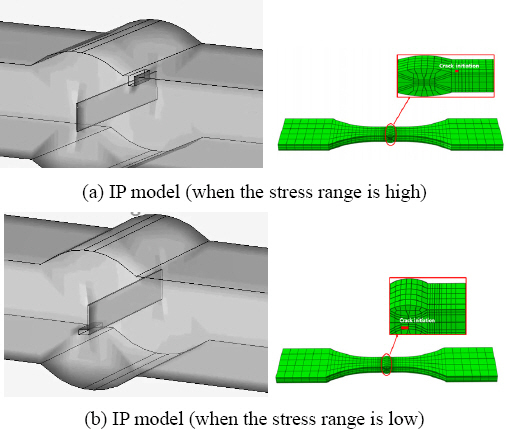
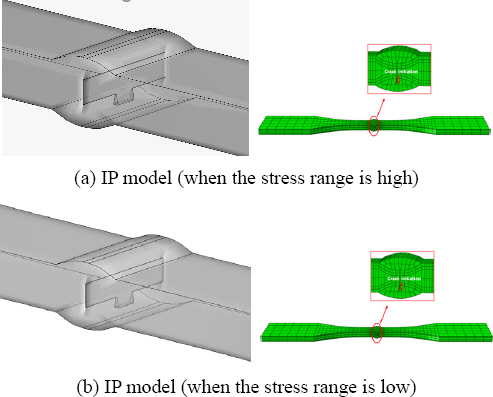
 PDF Links
PDF Links PubReader
PubReader ePub Link
ePub Link Full text via DOI
Full text via DOI Download Citation
Download Citation Print
Print



